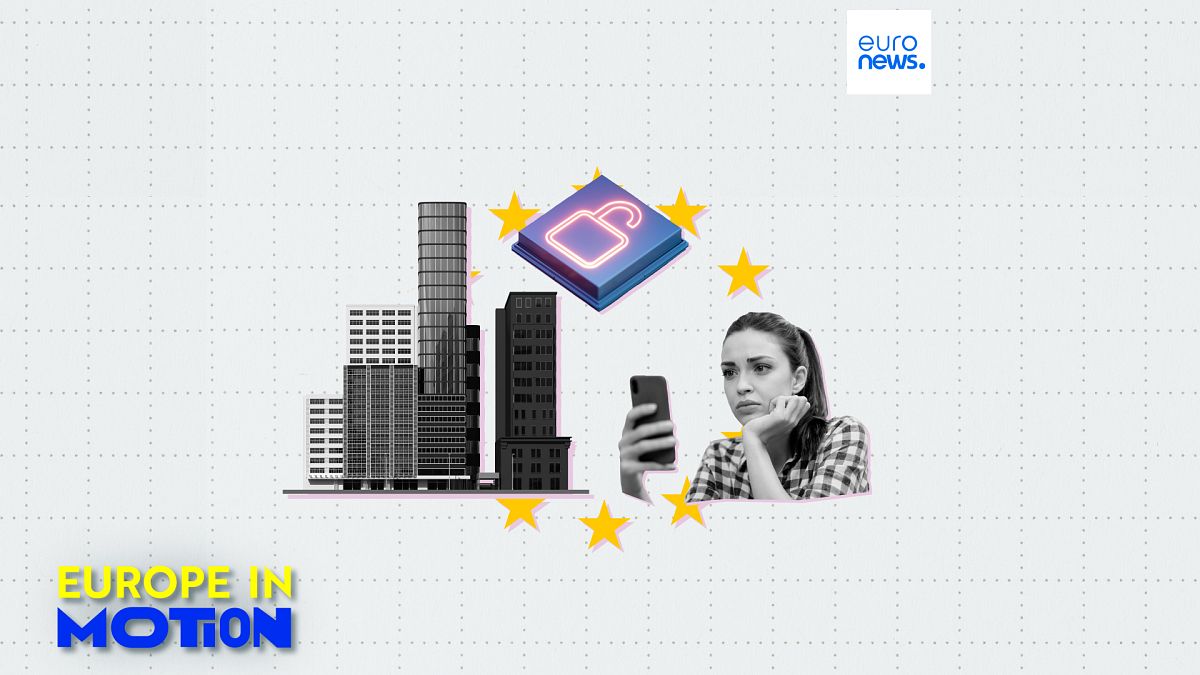ADVERTISEMENT
More than one in five European businesses suffered cybersecurity incidents in 2024, according to Eurostat, which put Finland as the country most affected with 42% of businesses hit.
Poland (32.5%) and Malta (29%) also reported substantial incident rates, while Austria (11.5%) and Slovenia (11.6%) were the least affected.
The electricity, gas, steam and air conditioning supply sector suffered the highest rate of attacks (29%), followed by information and communication (28%), professional, scientific and technical activities (27%), real estate (25.0%) and water supply, including sewerage and waste management (24%).
Consumers demand more cyber-scam education
Consumers are just as concerned about cyber attacks as business owners.
According to a Mastercard study conducted in France, Germany, Italy, Spain and the UK, half of consumers think they’ll inevitably fall victim to a cyber scam at some point, and 53% worry about online safety every week.
On average, 77% of people across these countries say they were targeted in the past year, with Spain topping the list at 81%.
Spaniards are indeed at the forefront of those calling to be better trained on how to handle cyber scams (83%), while the French (58%) and the Germans (61%) appear to be less concerned.
What’s the most common type of consumer cyberfraud?
The number one concern is AI-generated content, as artificial intelligence continues to seep into the mainstream.
According to the research, only 8% of people in France, the UK, Germany, Italy and Spain believe they could detect AI-generated fraud if targeted.
Italians are the least confident (6%), while Germans and Brits (11% respectively) see themselves as slightly better equipped to dodge such threats.
In general, shopping and retail fraud is most common (32%), followed by investment and cryptocurrency schemes (27%), identity theft attempts (25%), and even romance or “dating deception” (24%). A fifth also experienced travel fraud (19%) and ticketing fraud (19%).
In general, 69% say they trust their financial providers to protect them from fraudulent transactions more than they trust themselves
Despite facing sophisticated threats, 52% of European consumers say they would feel ashamed if they fell victim, with 44% being too embarrassed to tell anyone about it.
Besides updating software and apps, the most common practices used by consumers to dodge cyberfraud are checking the sender before opening emails (65%), using strong password practices (60%), and verifying unknown communications (61%).
Safer and more sophisticated systems poll slightly lower.
Only 56% have enabled two-factor authentication (56%), and 55% use security software and tools. Some 47% use biometric authentication to log in to digital accounts and apps, while 46% of consumers use VPNs.
Read the full article here


